You’ve loaded in, completed sound check, and now it’s almost showtime for your new DVD shoot—or is it? Cue the minimum 90-minute weather delay and, oh yeah, there’s also a curfew that will force your show to end.
Joe Bonamassa, one of the most renowned blues rock guitarists to step on stage, faced this scenario at a recent concert at Red Rocks, Co. Just like any of us, concert goers were less than happy to have bought tickets for a show, only for it to be cut short…and they sat in the pouring rain to hear what little music they could.
Let’s give some context. Red Rocks is an outdoor amphitheater which was opened in July 1959. The venue boasts phenomenal acoustics where “a whisper carries to the top of the seating area” according to Burnham Hoyt, the architect.
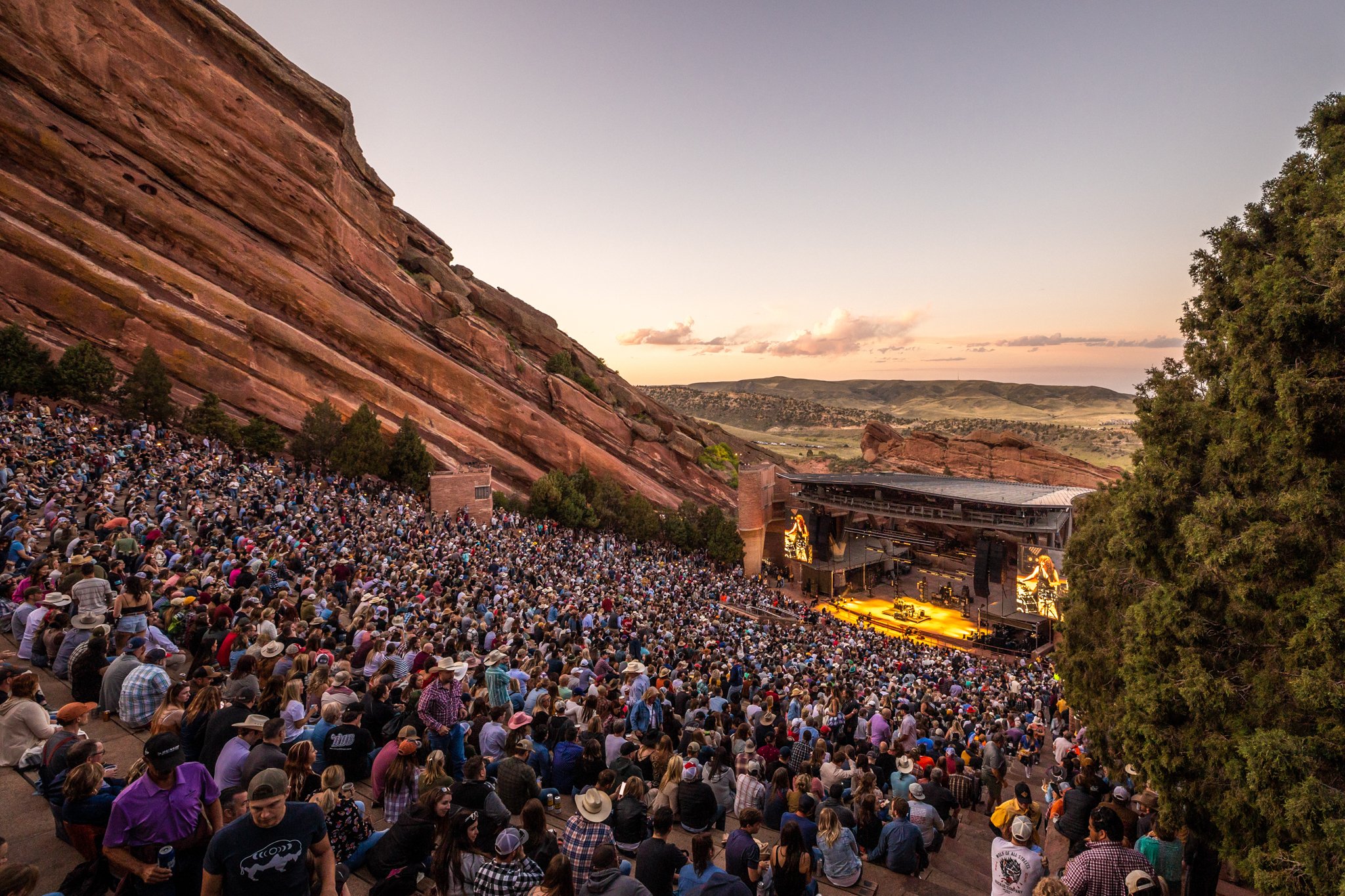 Red Rocks Park and Amphitheatre
Red Rocks Park and Amphitheatre
According to Bonamassa, local regulations will not allow the artist or band to play on stage when lightning is within three miles. Yes, we totally get that safety is a priority, especially when there is so much electrical equipment on stage.
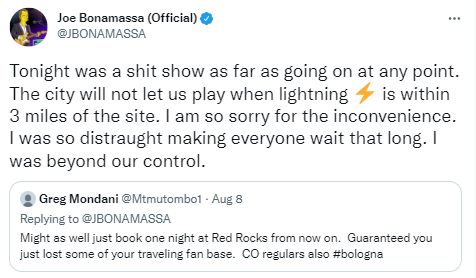
I think everyone agrees here. The problem is now you have paying customers whose expectations are not being met and who feel they have not been adequately communicated to about the situation.
I can’t say for certain what communication happened at the venue since I wasn’t there. But we can see how Bonamassa handled the frustration of his fans and upheld his commitment to playing for fans despite a train wreck of a night.
He took to social media during the delay to share updates with his fans and to apologize. After the show closed down, the updates turned to explanations in an open, transparent fashion that bolstered his relationship with fans.
These were not canned statements, but rather sincere outreach from a frustrated artist to frustrated fans. Granted, most times you hear a frustrated artist making an off-the-cuff statement, it goes downhill quickly. This is one of those exceptions to the rule.
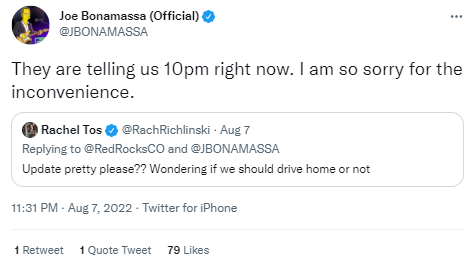
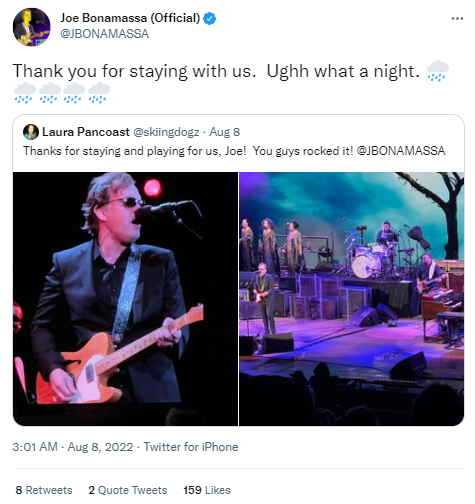
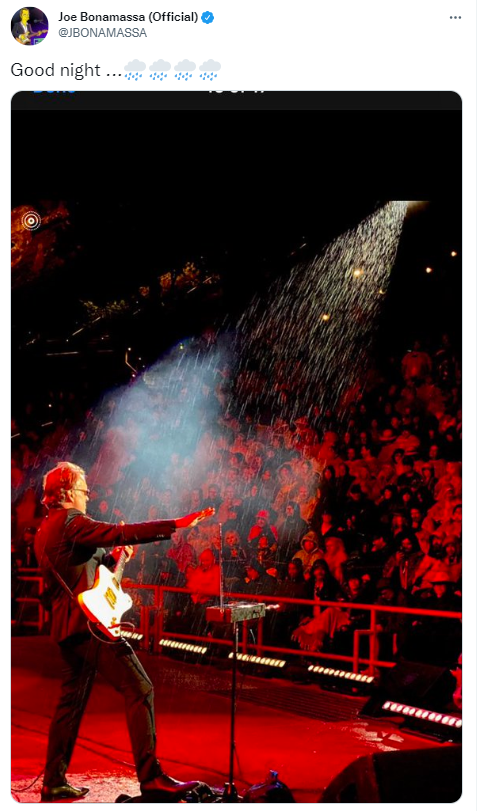
So what’s our takeaway?
Social media inundates our lives and gives everyone a means of amplifying their message, whether good or bad. Users can tell the difference between “corporate” and authentic conversation.
When things happen outside of your control, it’s ok to be human and relate with your audience/fans. After all, they are following you to try and know the “real you.” IMO, Bonamassa built credibility through his transparency and resolved the impact of unmet expectations from concert goers.
While I could go off on a tangent about how timely, open communication can mend the damage caused by unmet expectations, I’ll hold off.
What’s the bottom line?
Whether you are representing a company, movement or individual in social media or communication in general, be true to the brand or person. It seems common sense, but too often we force a brand or person into a box based on what we believe others expect to see. Sure, it can work. But the passion will not be there. Be real, be transparent, and see how it transforms your engagement and online community.
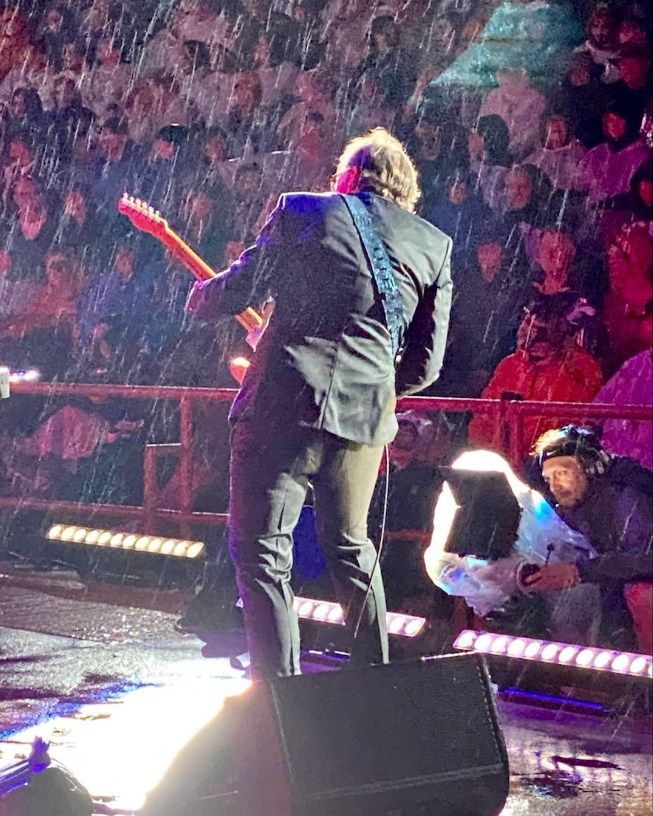
Photo: @joebonamassa








